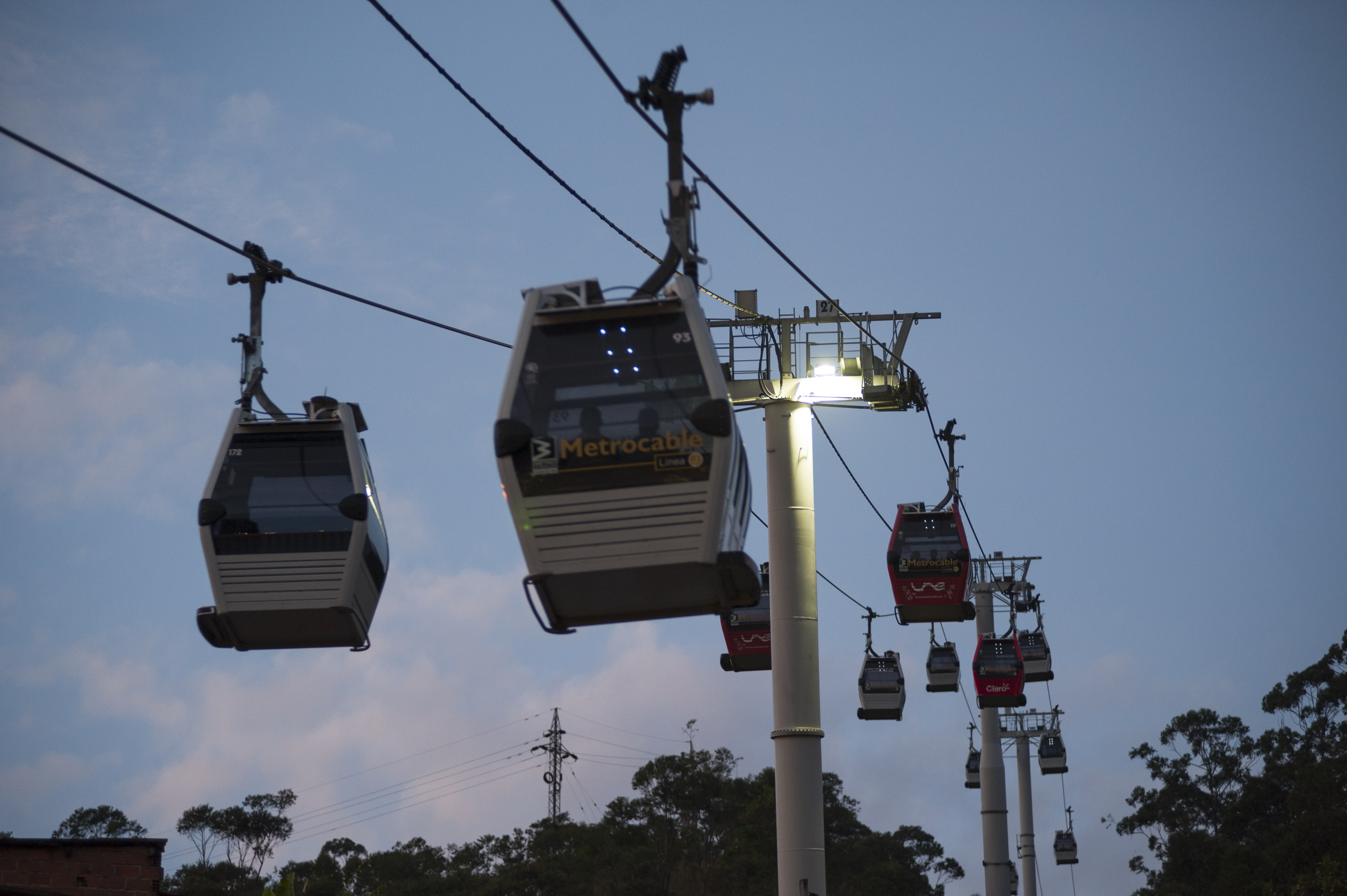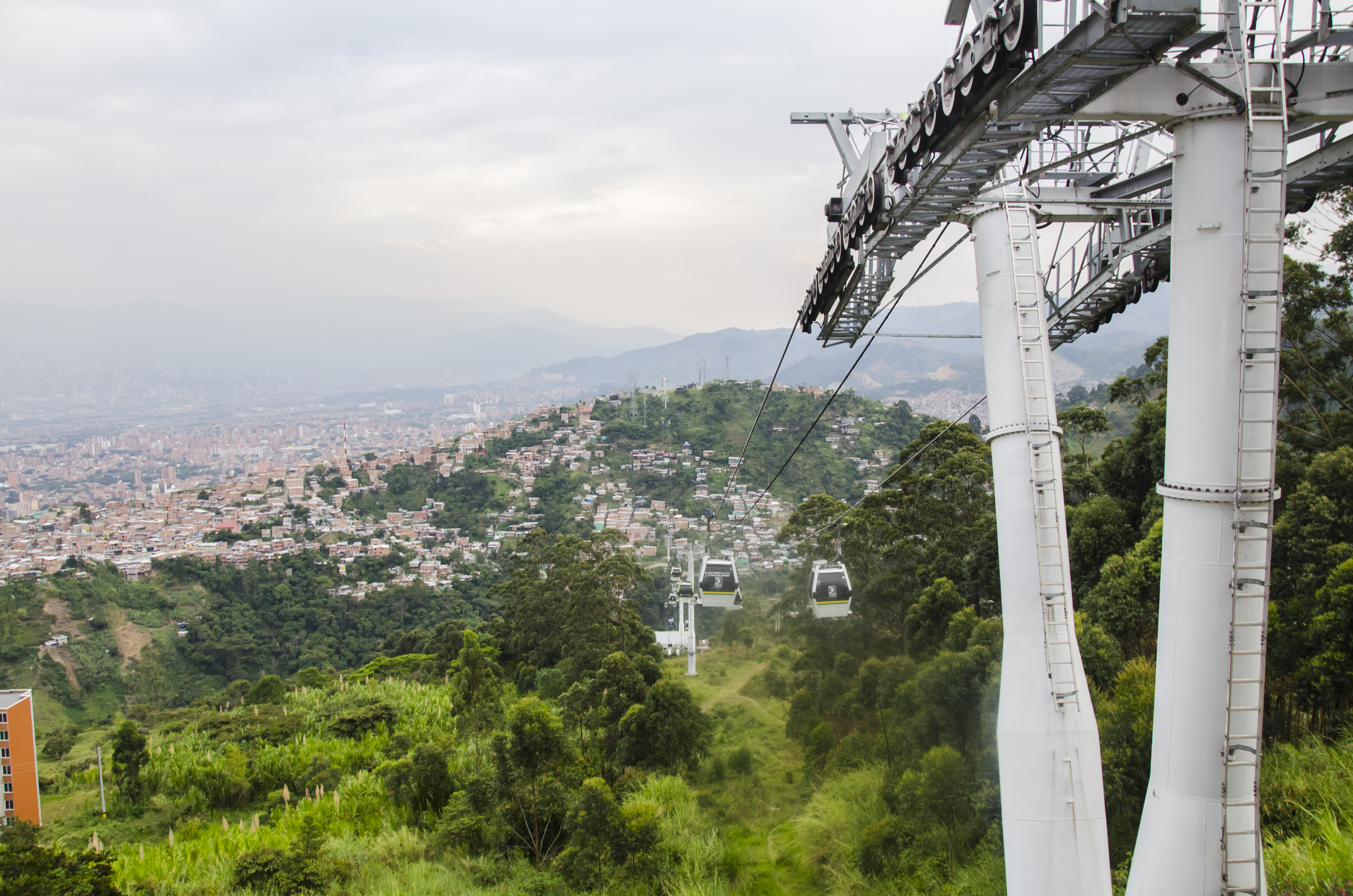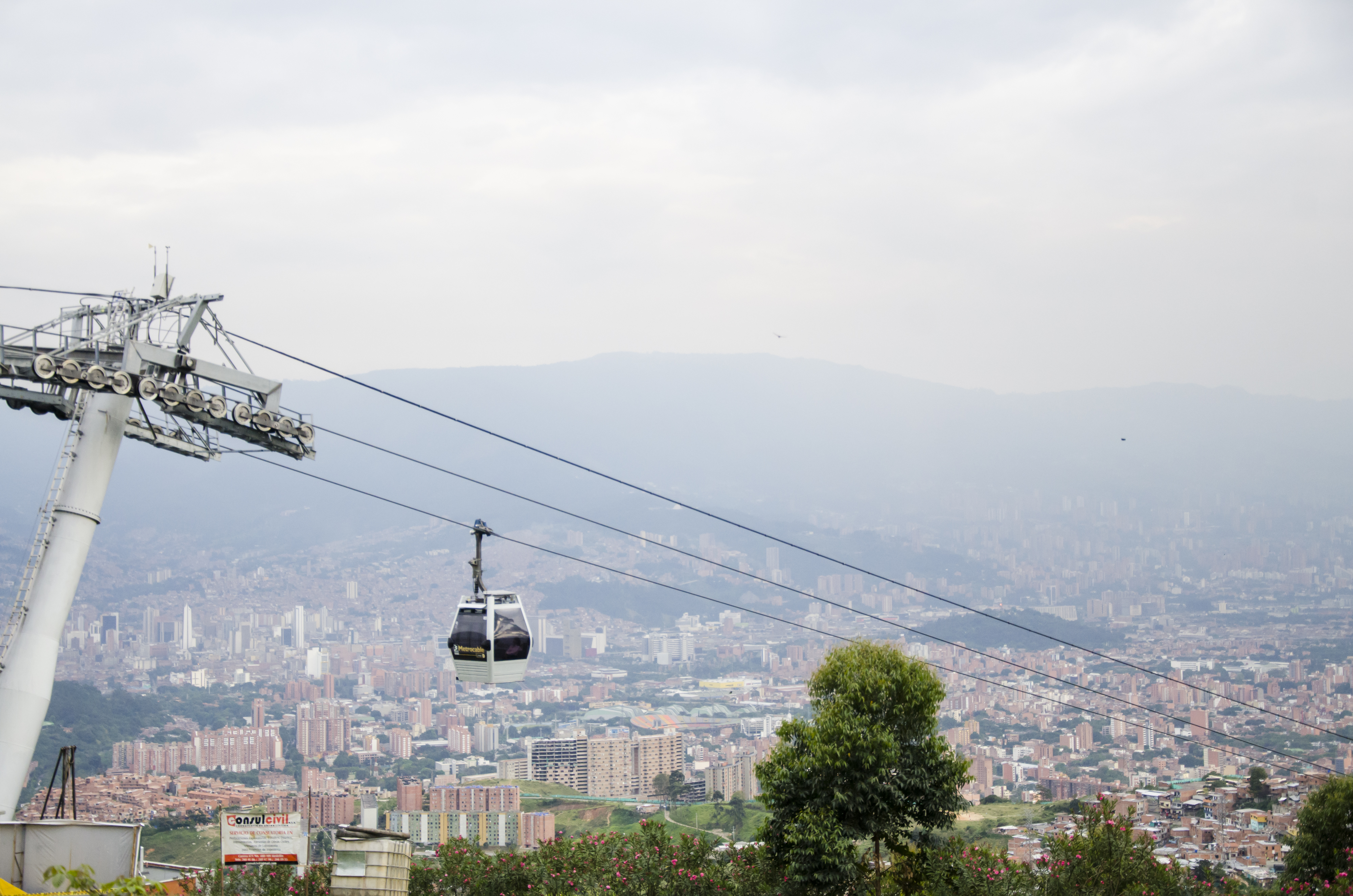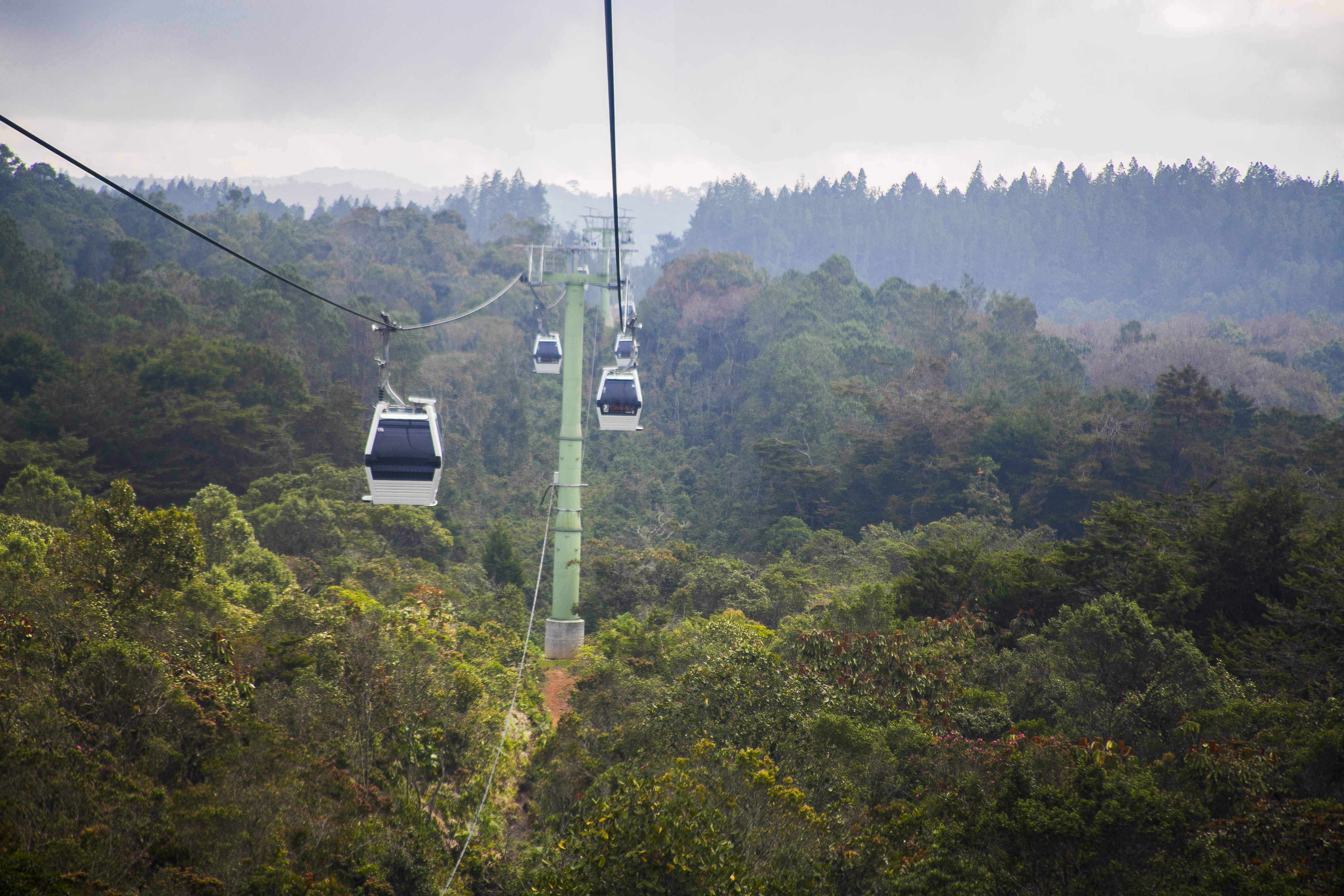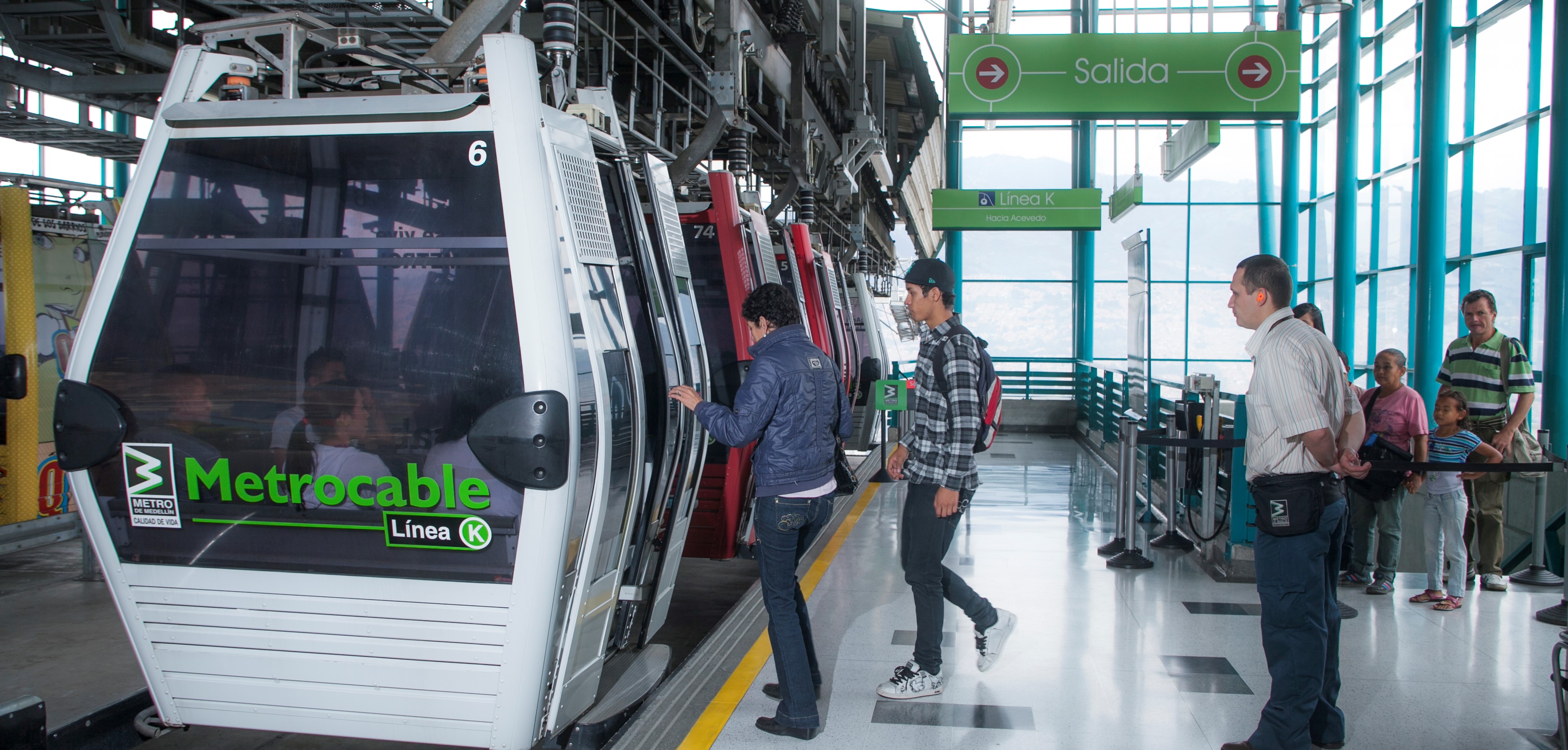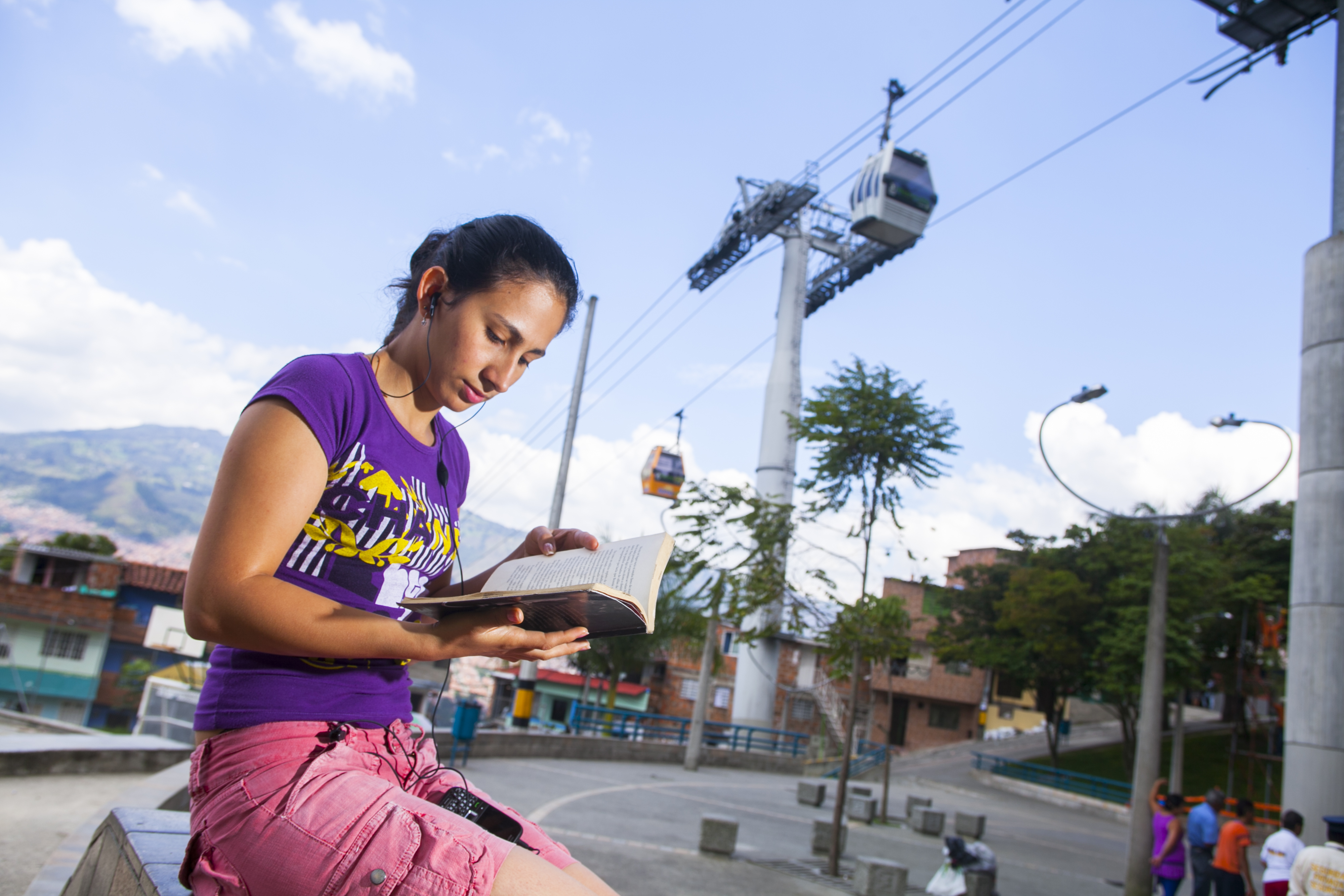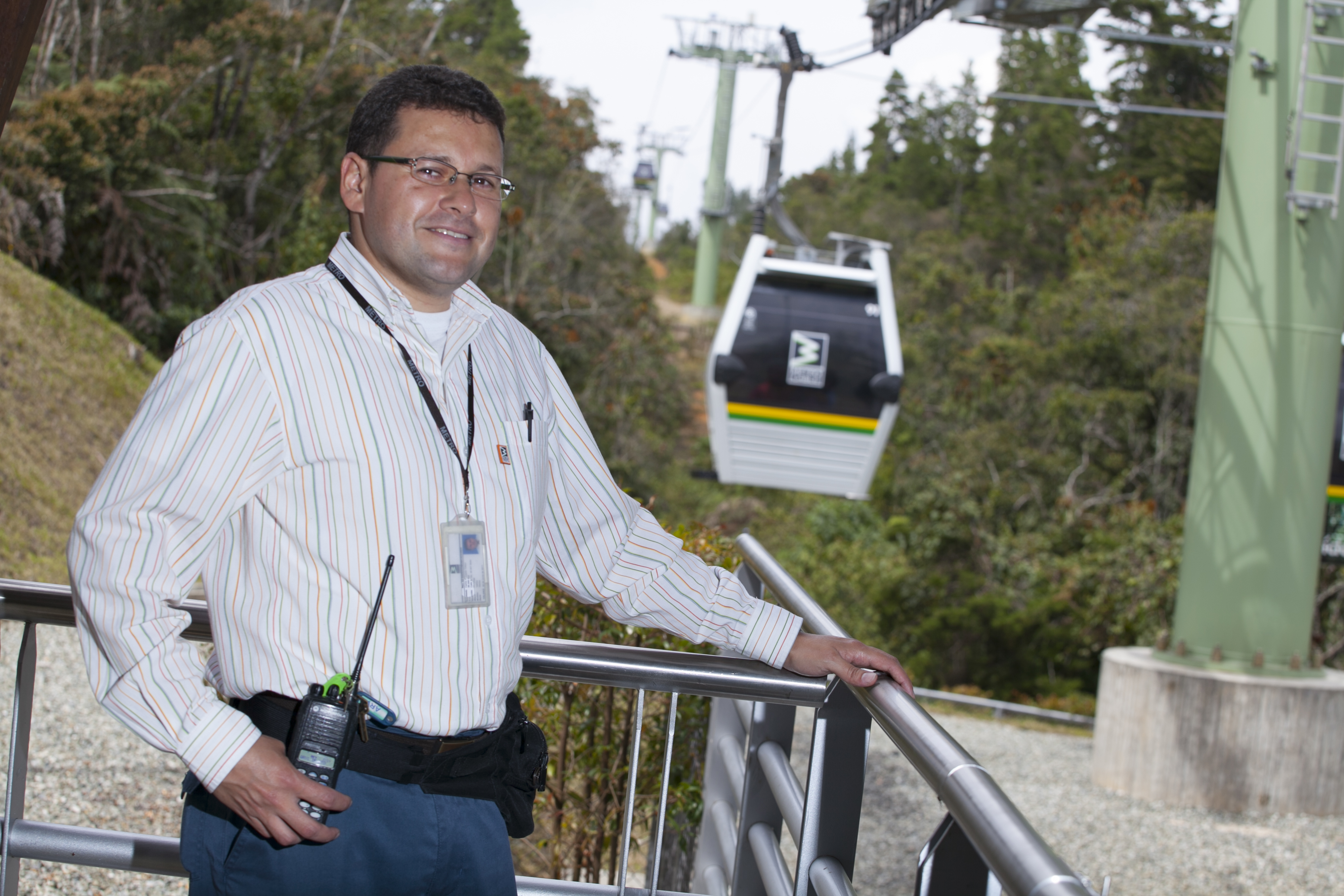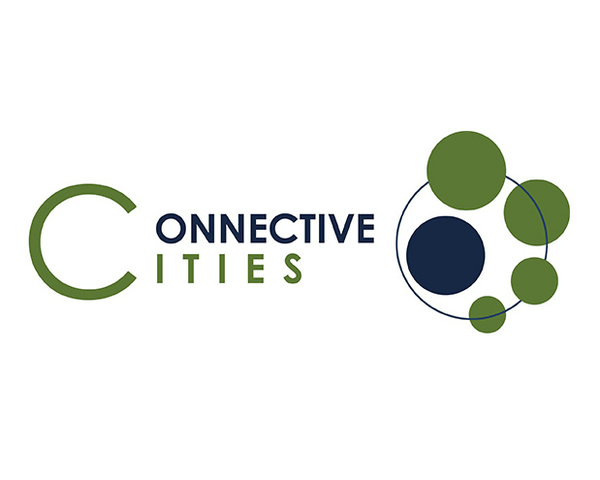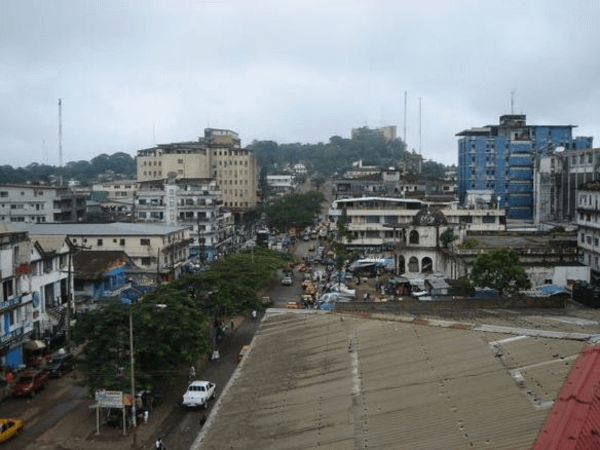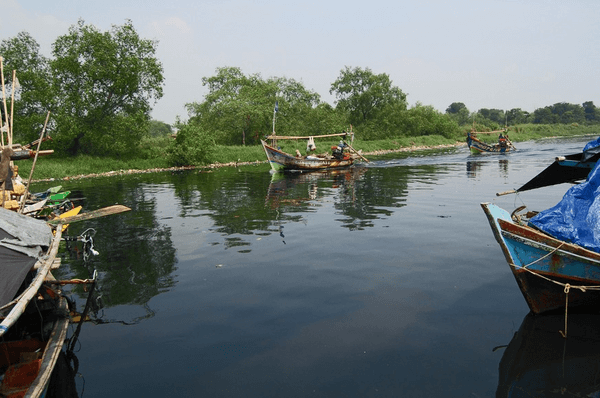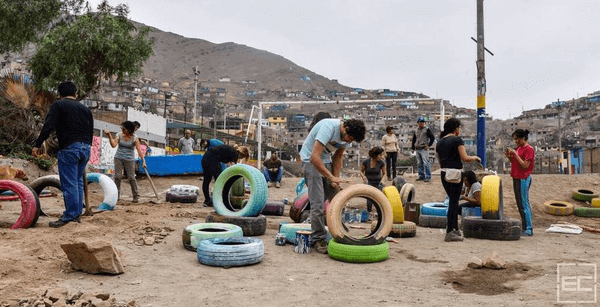City
Medellín
Main actors
City Government, Private Sector, Community / Citizen Group
Project area
Whole City/Administrative Region
Duration
Ongoing since 2004
An integrated and inclusive transport system to reduce marginalization of poor communities.
In 2004, the City of Medellín opened the first cable propelled transit (CPT) line as part of the integrated urban development programme. The CPT lines directly connect to stations on the central metro line of Medellín and provide residents with increased opportunities to employment, education and social activities. Together with interventions to upgrade infrastructure and services for these neighbourhoods, the government is reducing the marginalization of these communities. Moreover, the project has provided for investments in a public library, kindergartens, public space and sports facilities.
Originally published by the International Community of Practice for Sustainable Urban Development CONNECTIVE CITIES: https://www.connective-cities.net/en/good-practice-details/gutepraktik/medellins-metrocable-1/
Sustainable Transport Award
This project was awarded the 'Sustainable Transport Award' in 2012.
External links / documents
On Map
The Map will be displayed after accepting cookie policy
